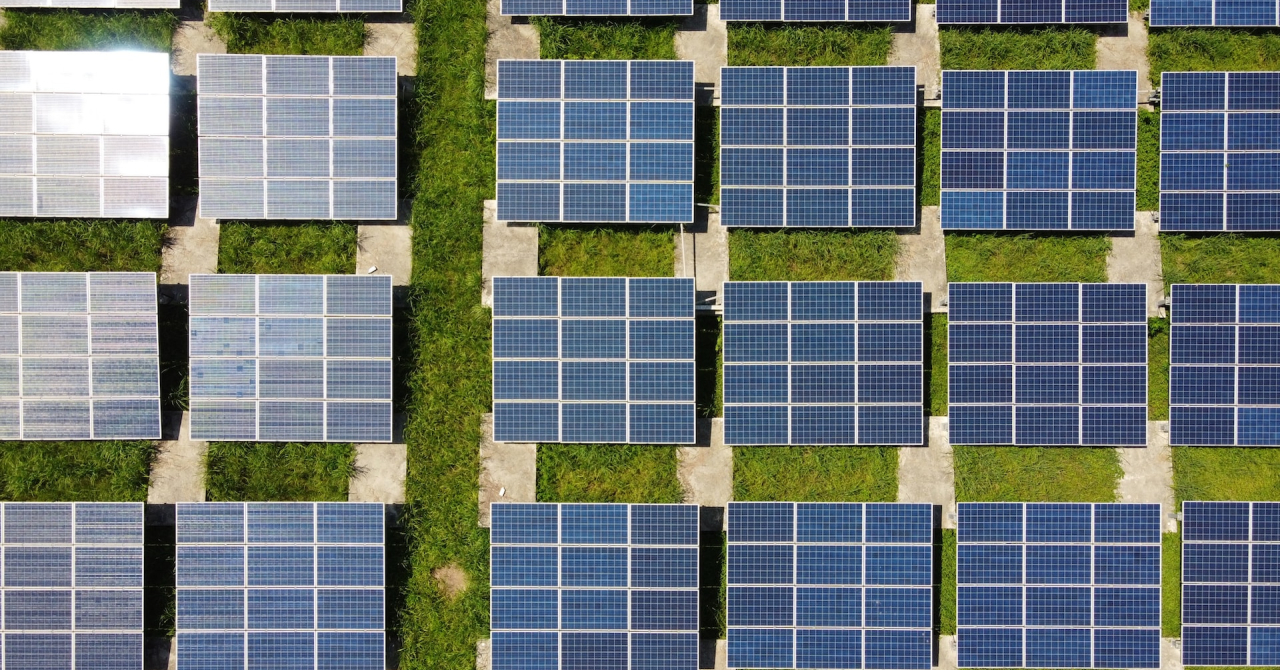Euronews.green writes that the photovoltaic cells can be printed in pretty much any size to be attached to devices such as remotes and Bluetooth keyboards, which could help reduce the need for large batteries and thus, the weight of electronic devices.
The low-light solar cells can harness the power of sun, as well as that generated by LED and halogen bulbs. Thus, the solar cells can collect power continuously, meaning that plugging devices in for charging could be a thing of the past.
Bates Marshall, Ambient Photonics’ co-founder and CEO, said that "in today’s world, connected electronics require ongoing power, which too often derives from disposable or rechargeable batteries."
"Solar power has long been an option for certain low-power electronics like calculators or toys, but it’s taken breakthrough science from Ambient Photonics to develop high-performance solar cell technology for mass-market devices", he added.
Low-light cells are able to collect pretty much any type of light source and convert it into electricity, but this means that they are less efficient when exposed to sunlight, although they are also cheaper to manufacture.
"Our bifacial solar cell technology is a game-changer for all kinds of devices. We can imagine a host of connected devices, including electronic shelf labels, building sensors and more that not only power themselves more effectively in ambient light, but can also be designed and mounted in a variety of flexible ways and perform regardless of shape or orientation", Marshall explained.
The company's bifacial cells can output as much as three times more power than conventional silicon-made cells.
"We’re able to provide a revolutionary, sustainable power alternative, as well as a low-emission, intelligent production methodology that satisfies the capacity and price point requirements of the world’s highest-volume electronics," Marshall added.
The Californian company now looks to expand to another production facility in the US to scale production in order to meet the increasing demand of the new technology.
 Mihai - Cristian Ioniță
Mihai - Cristian Ioniță












Any thoughts?